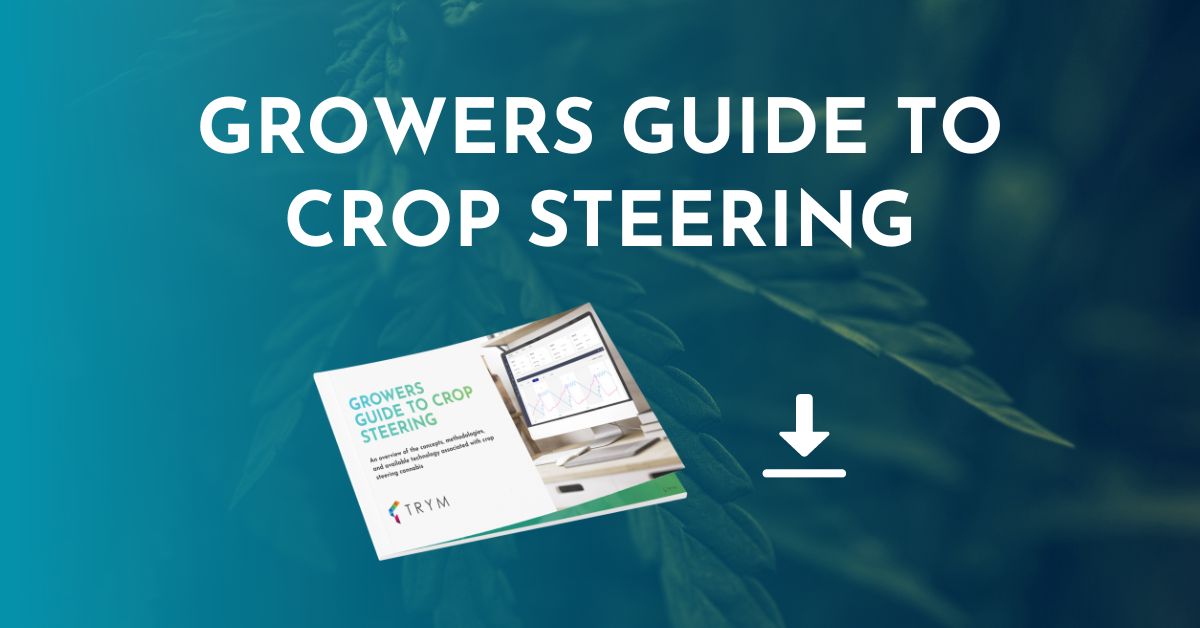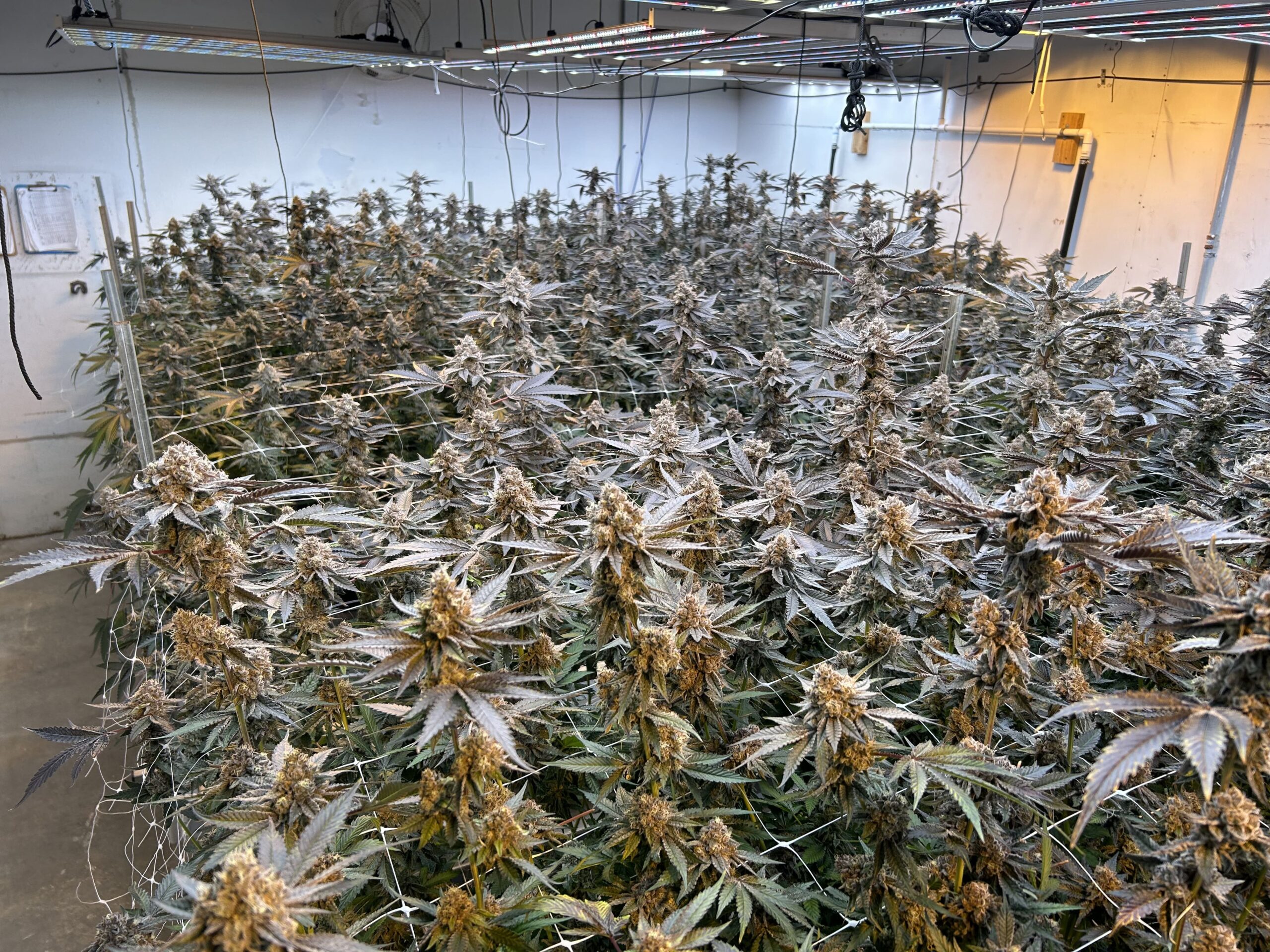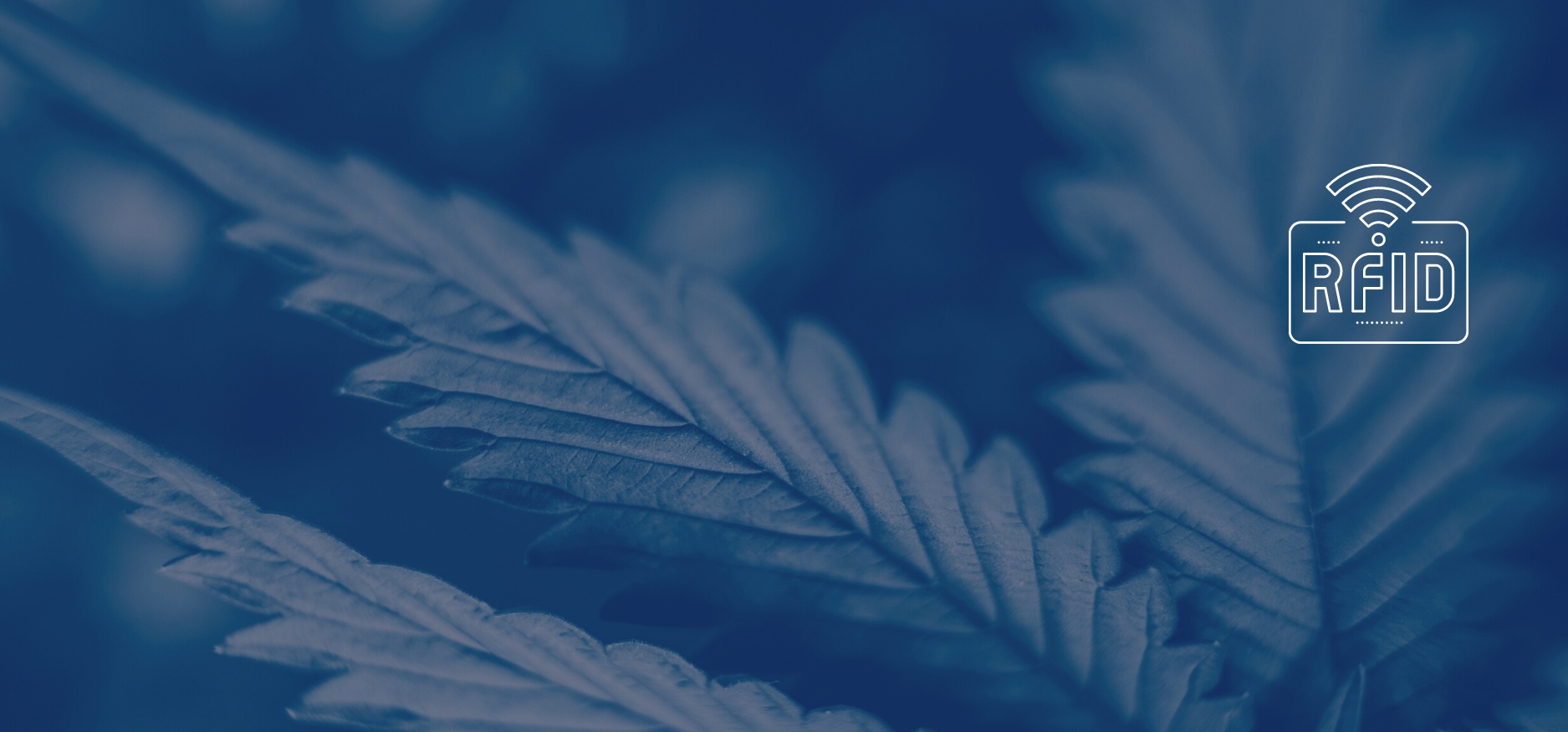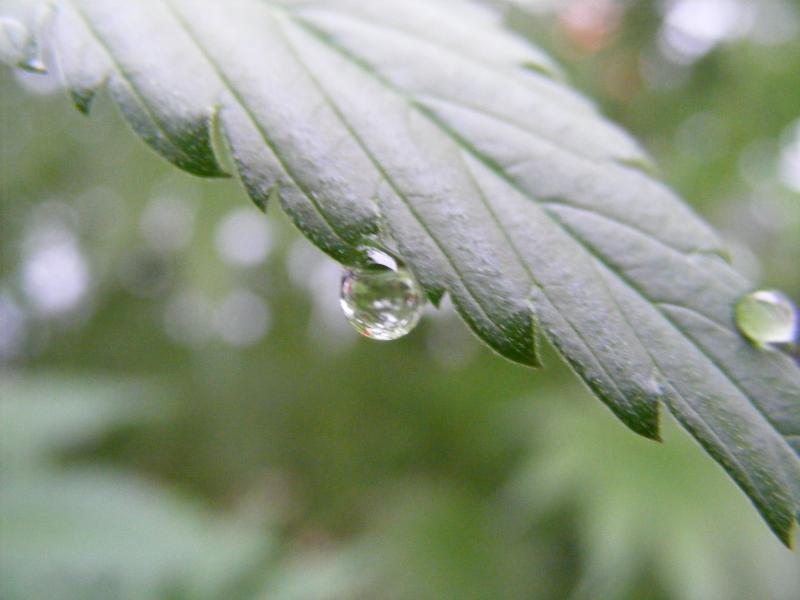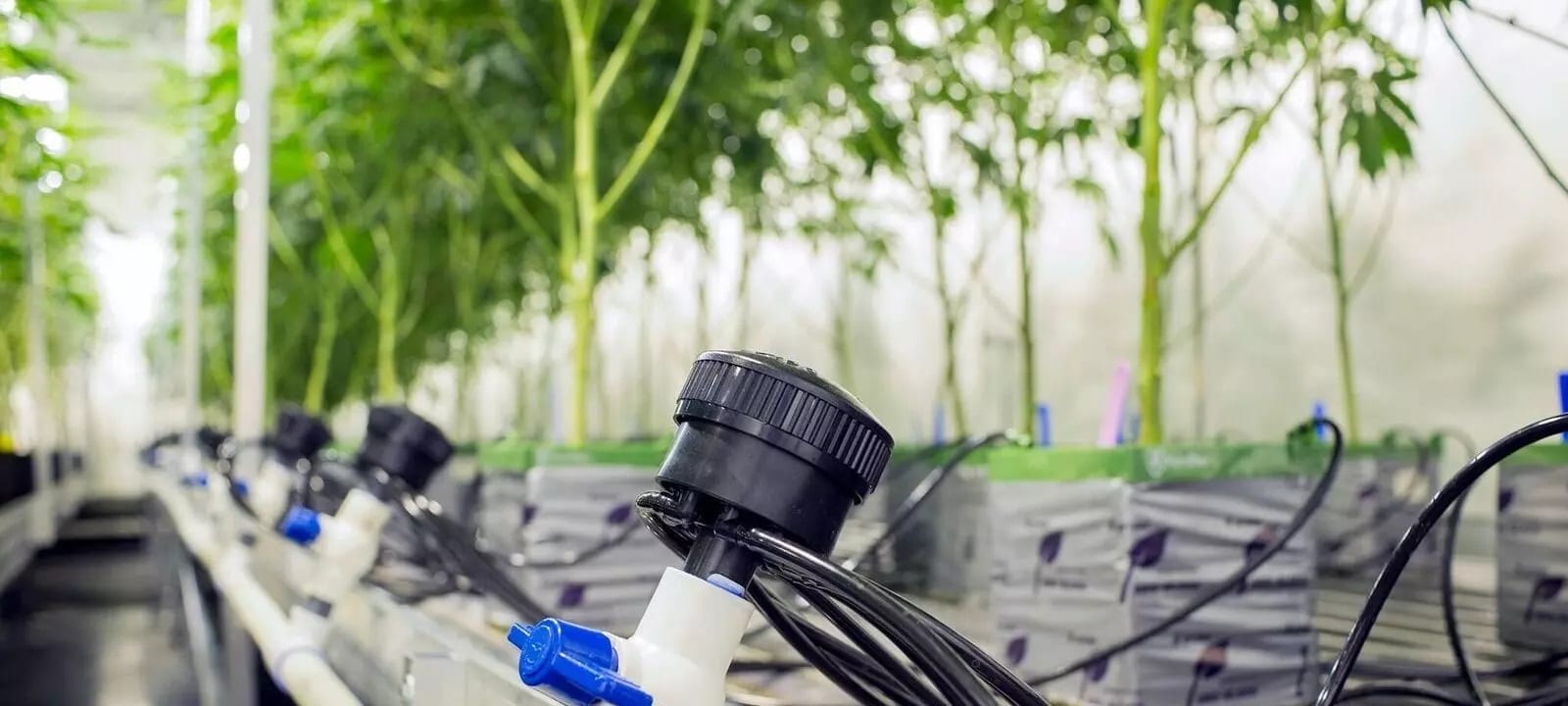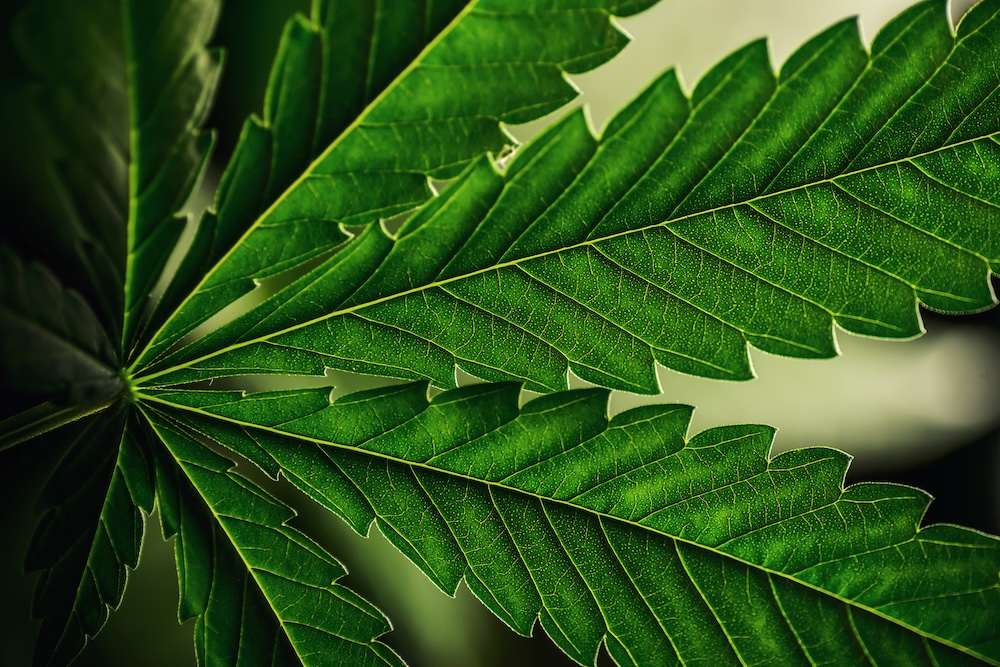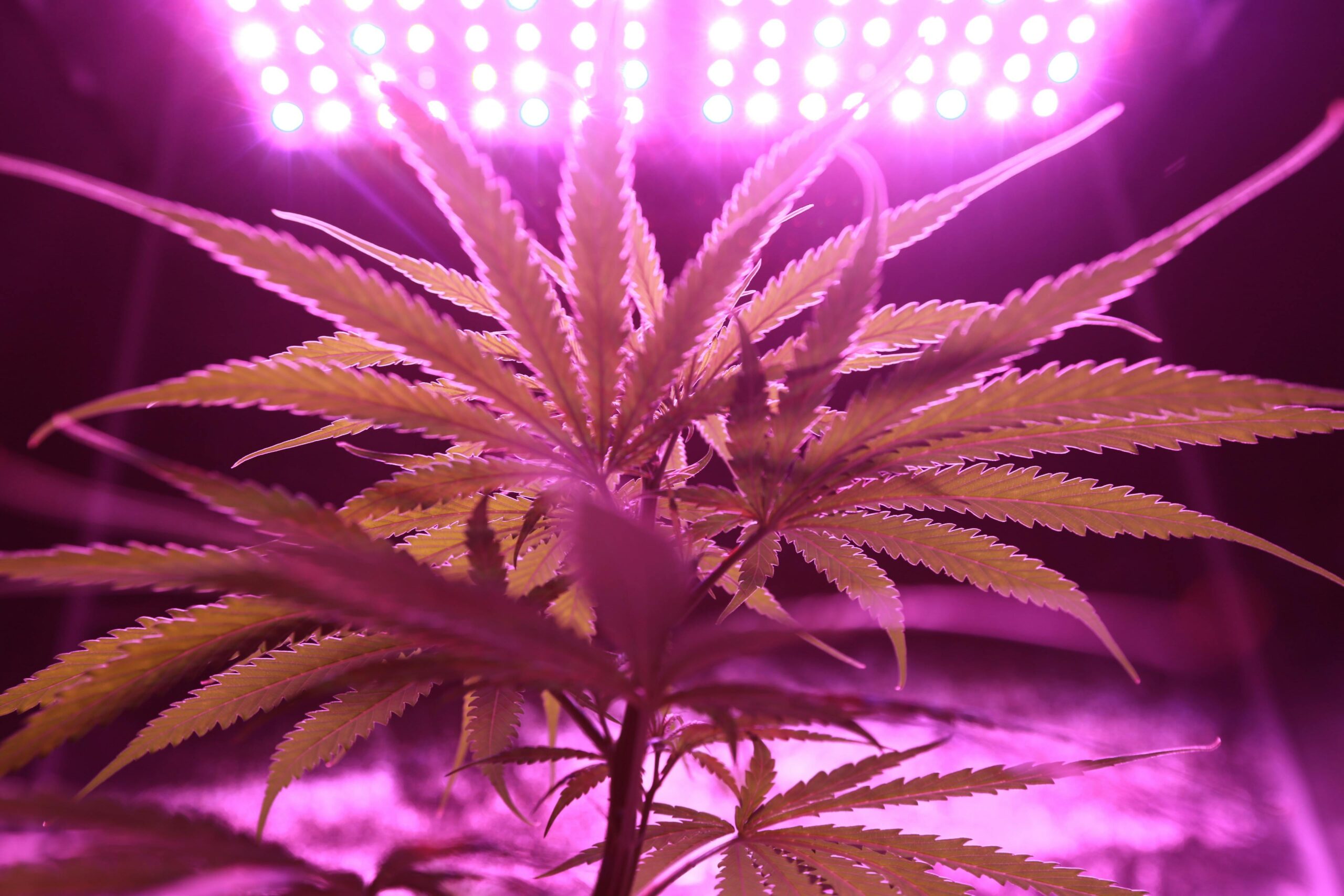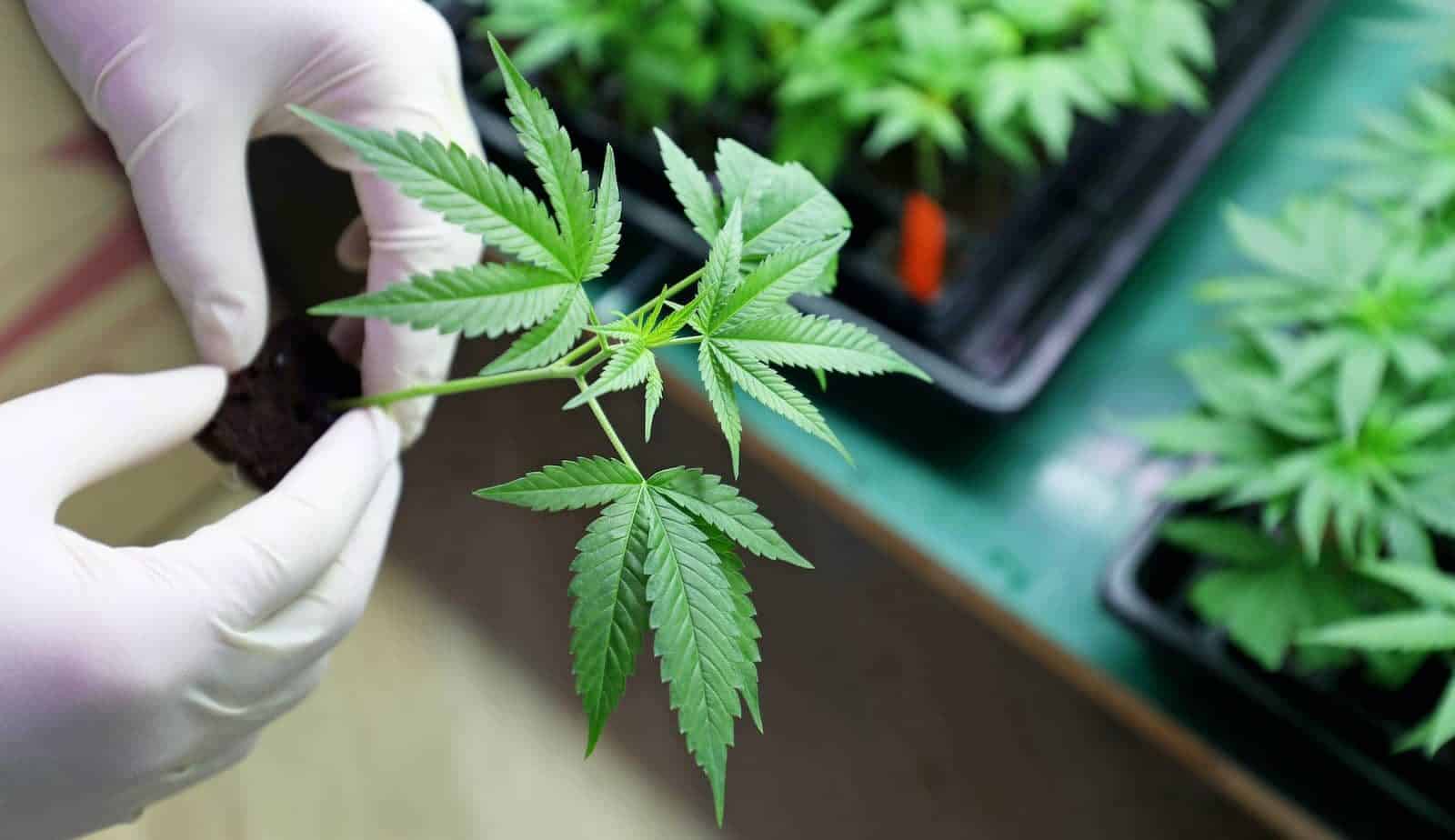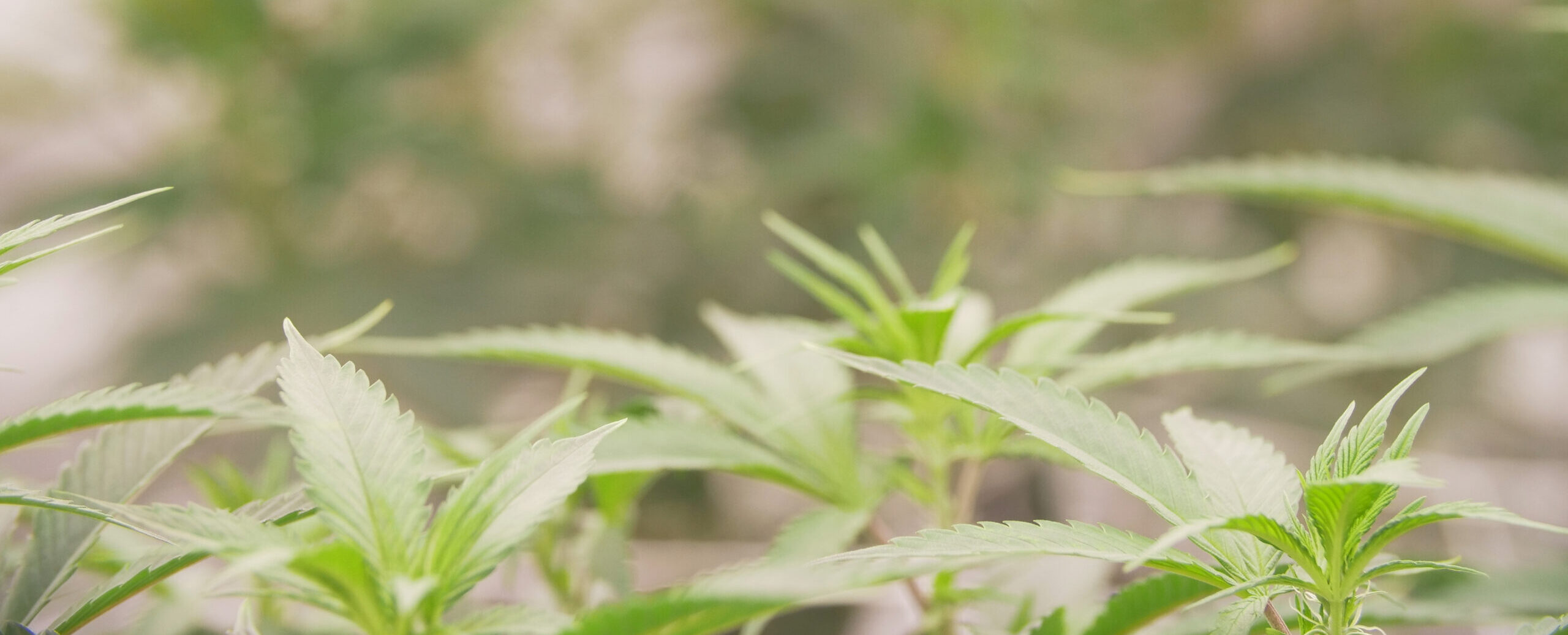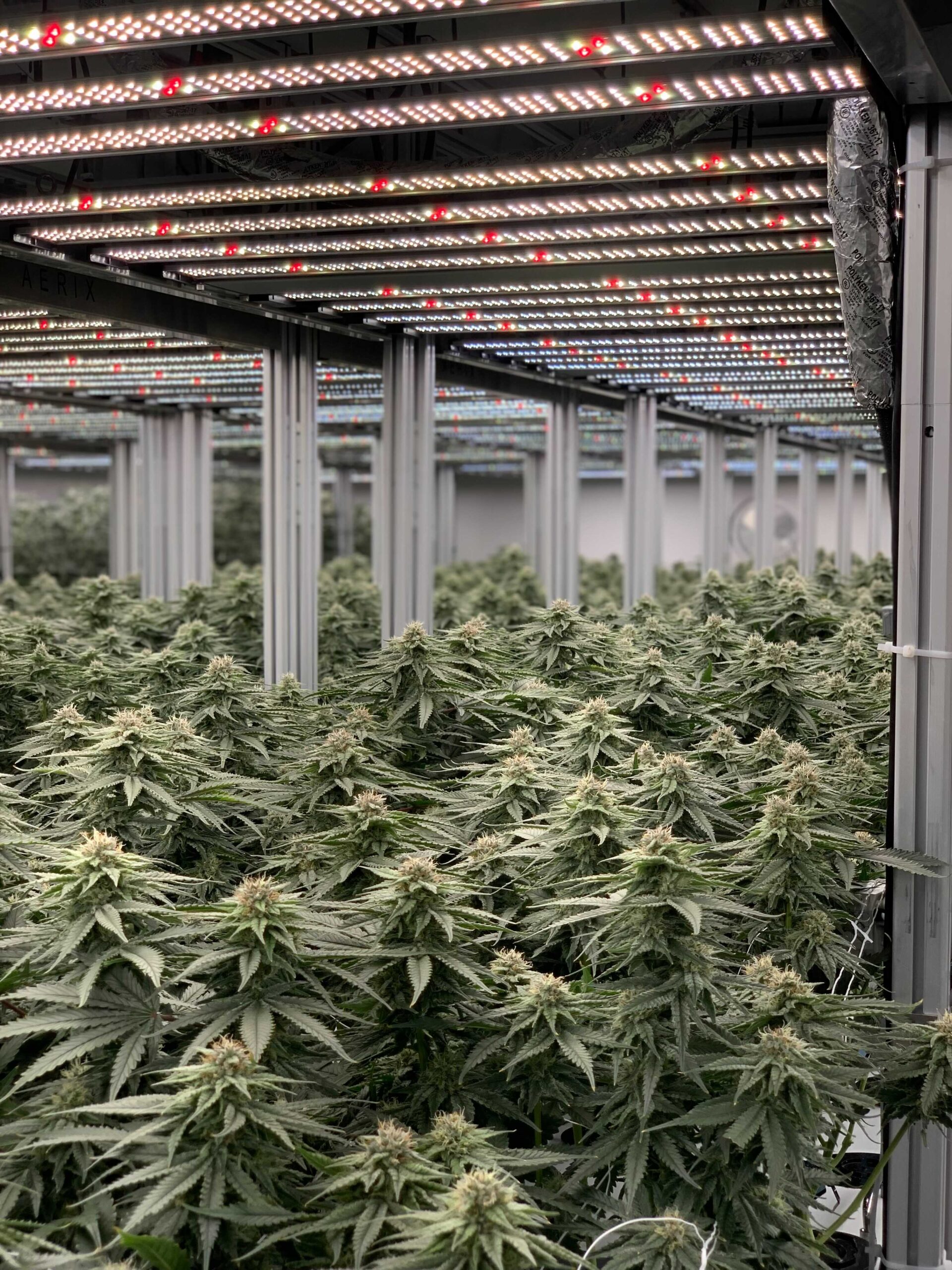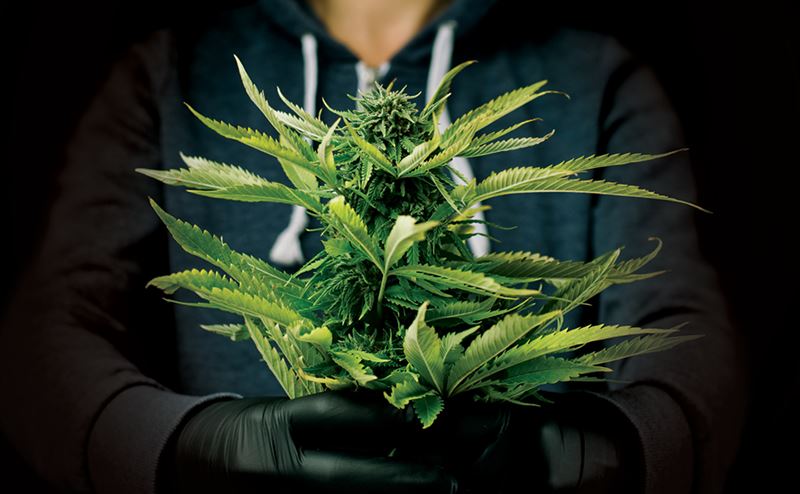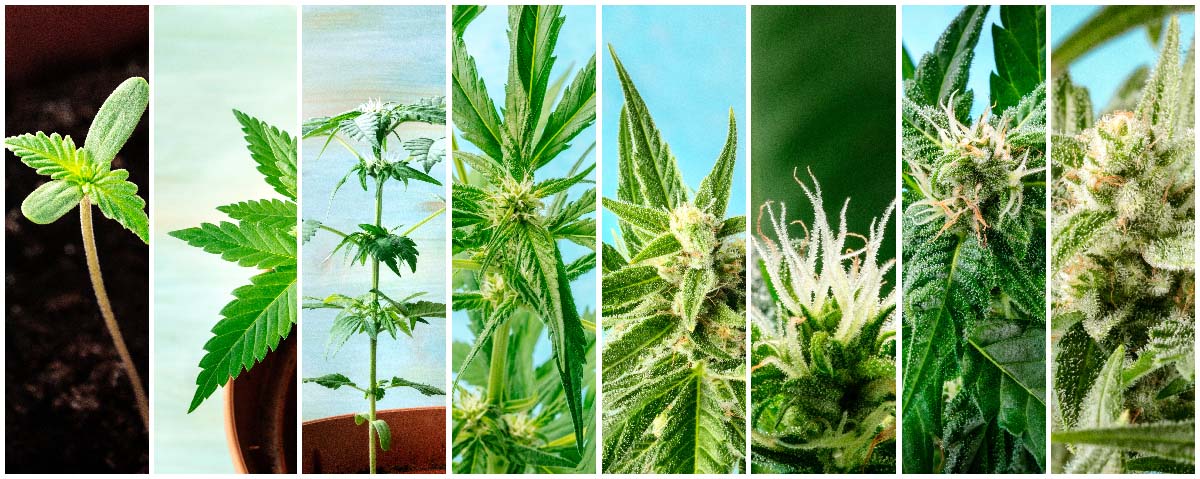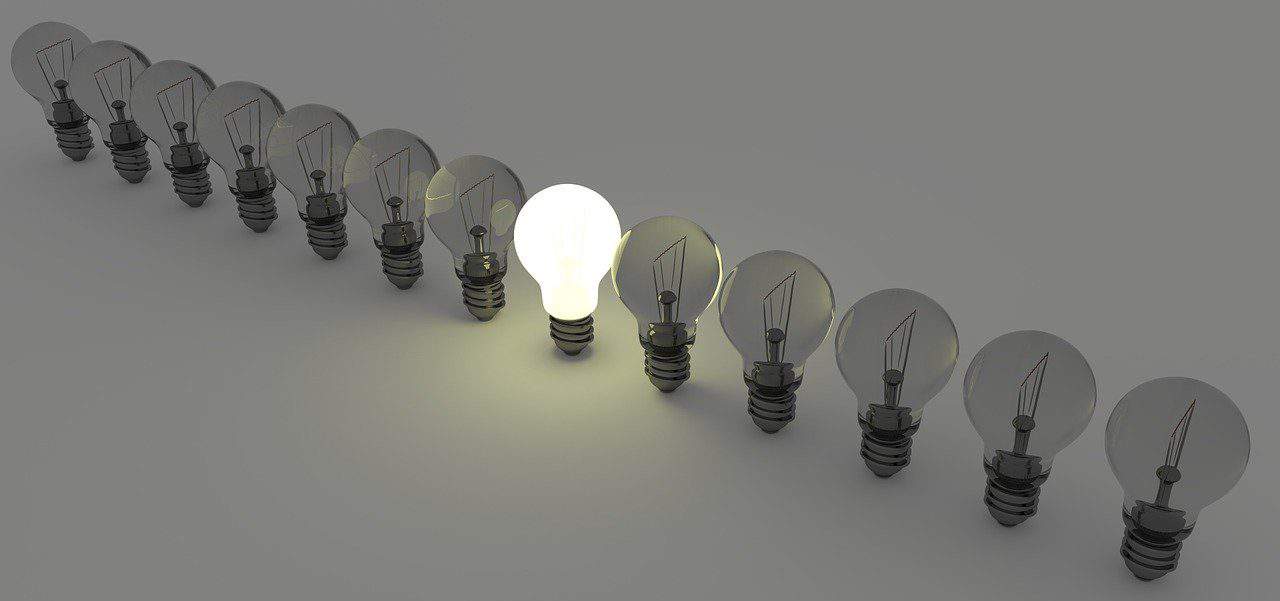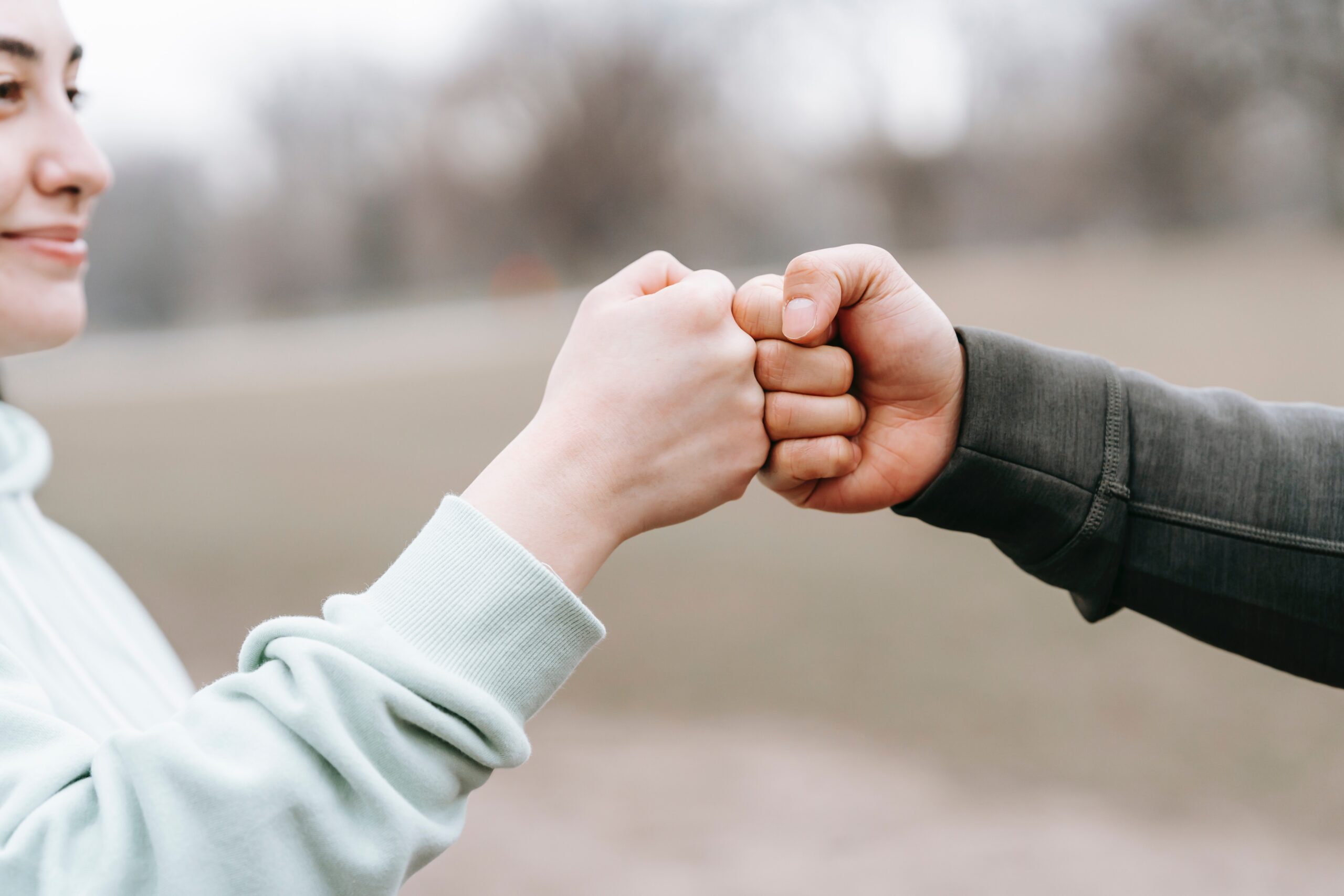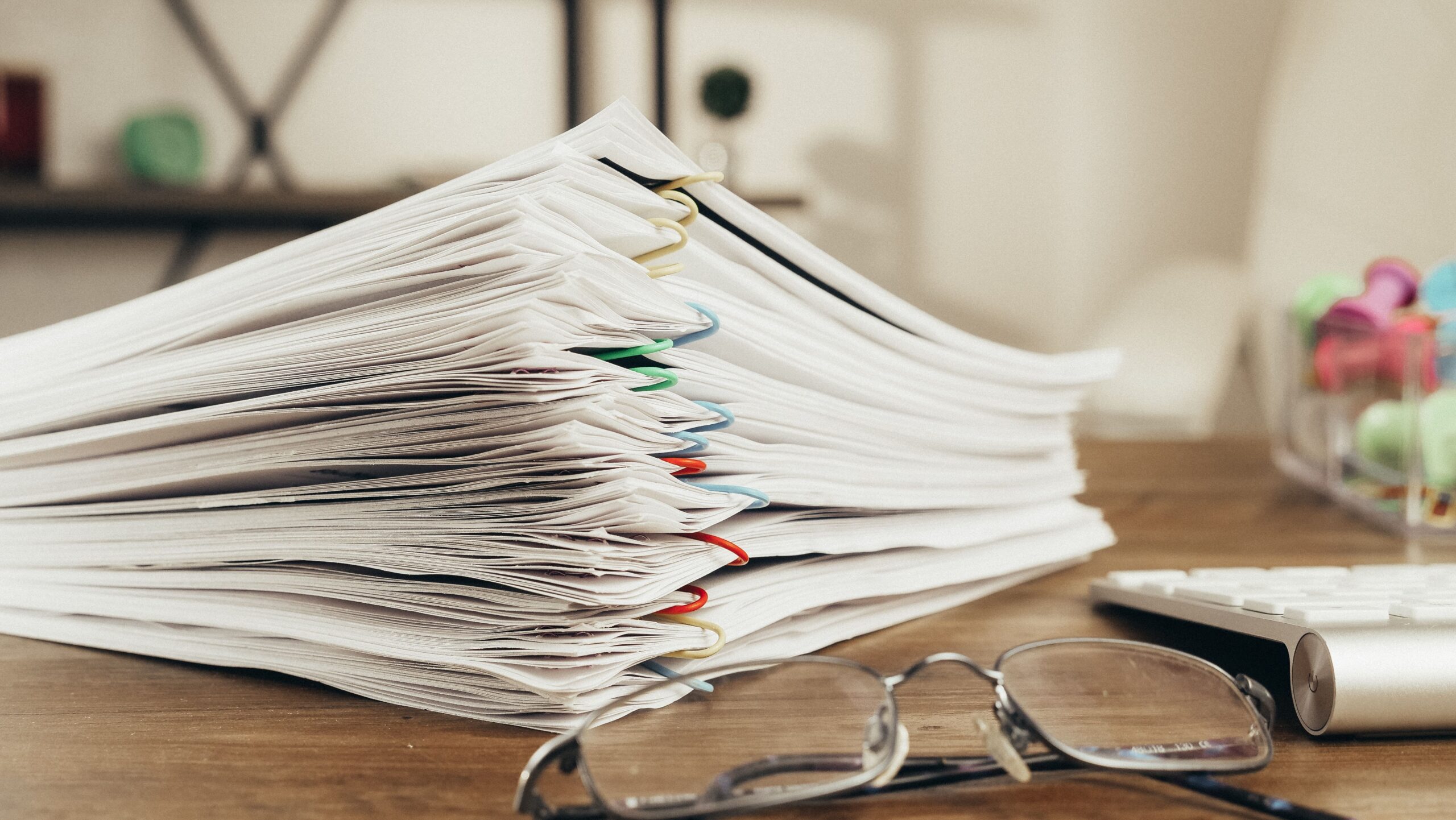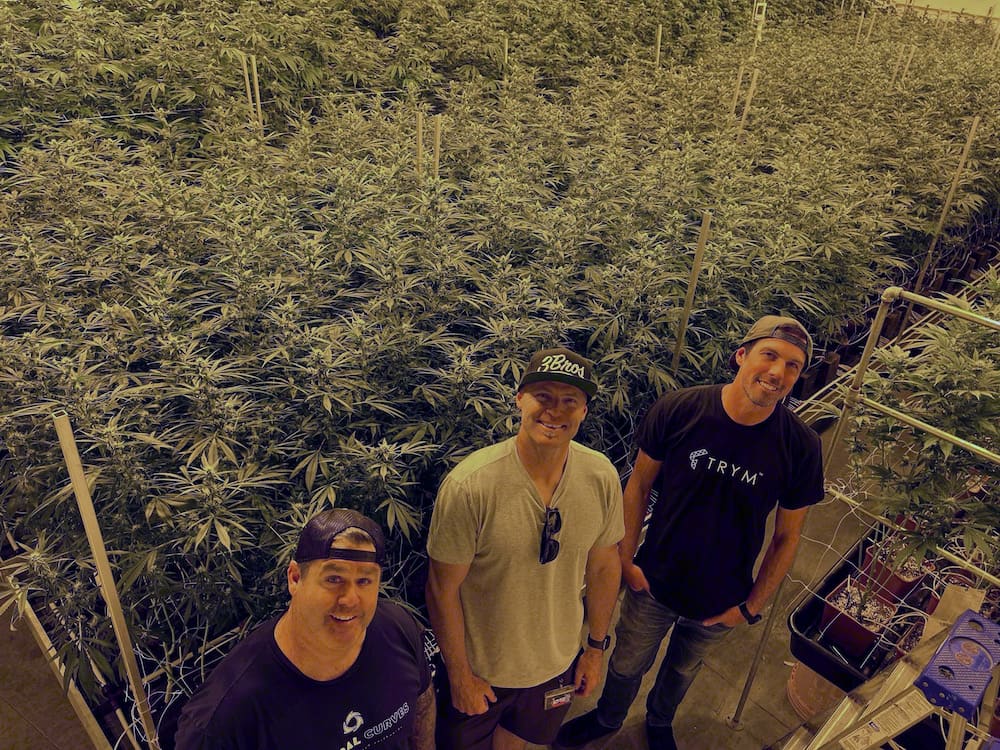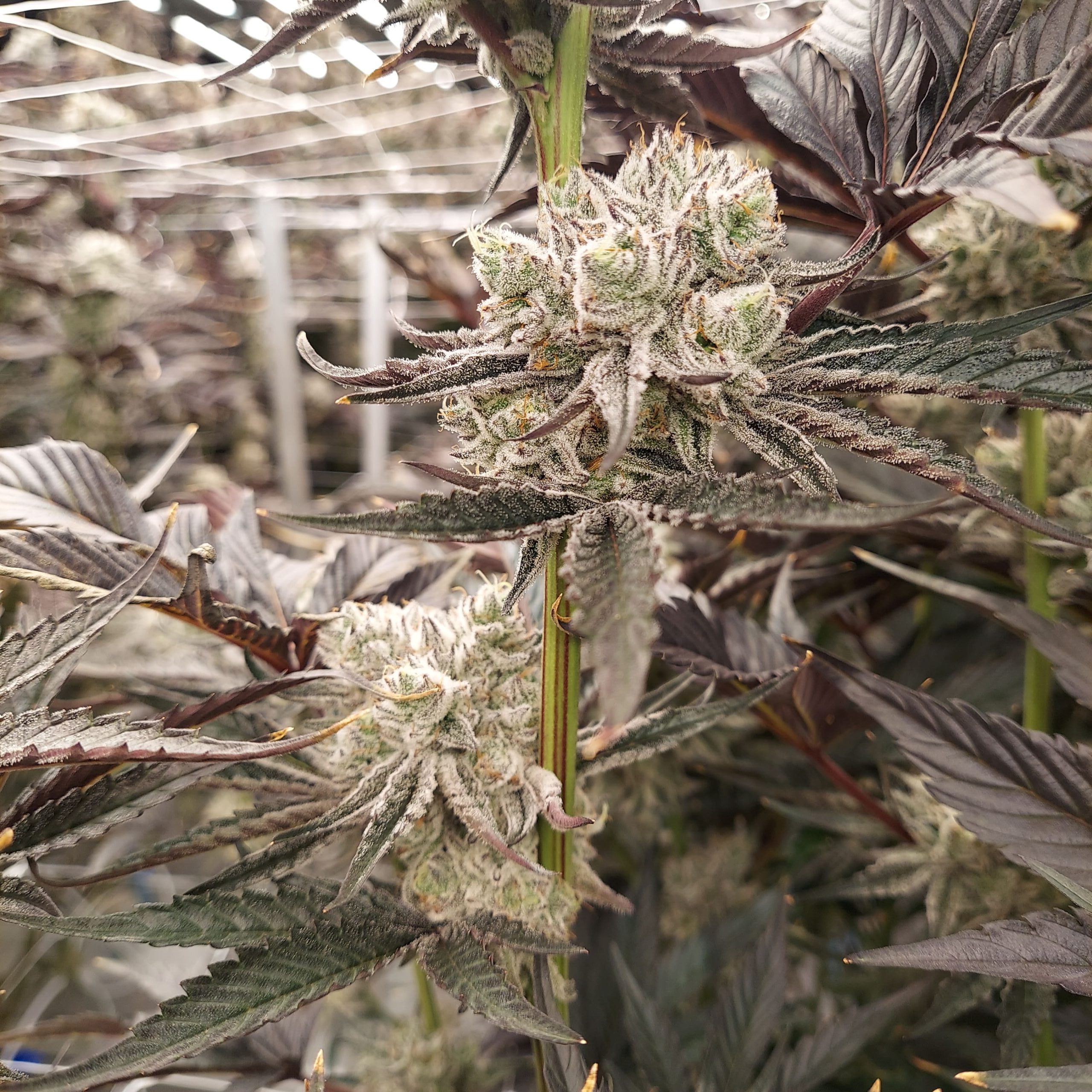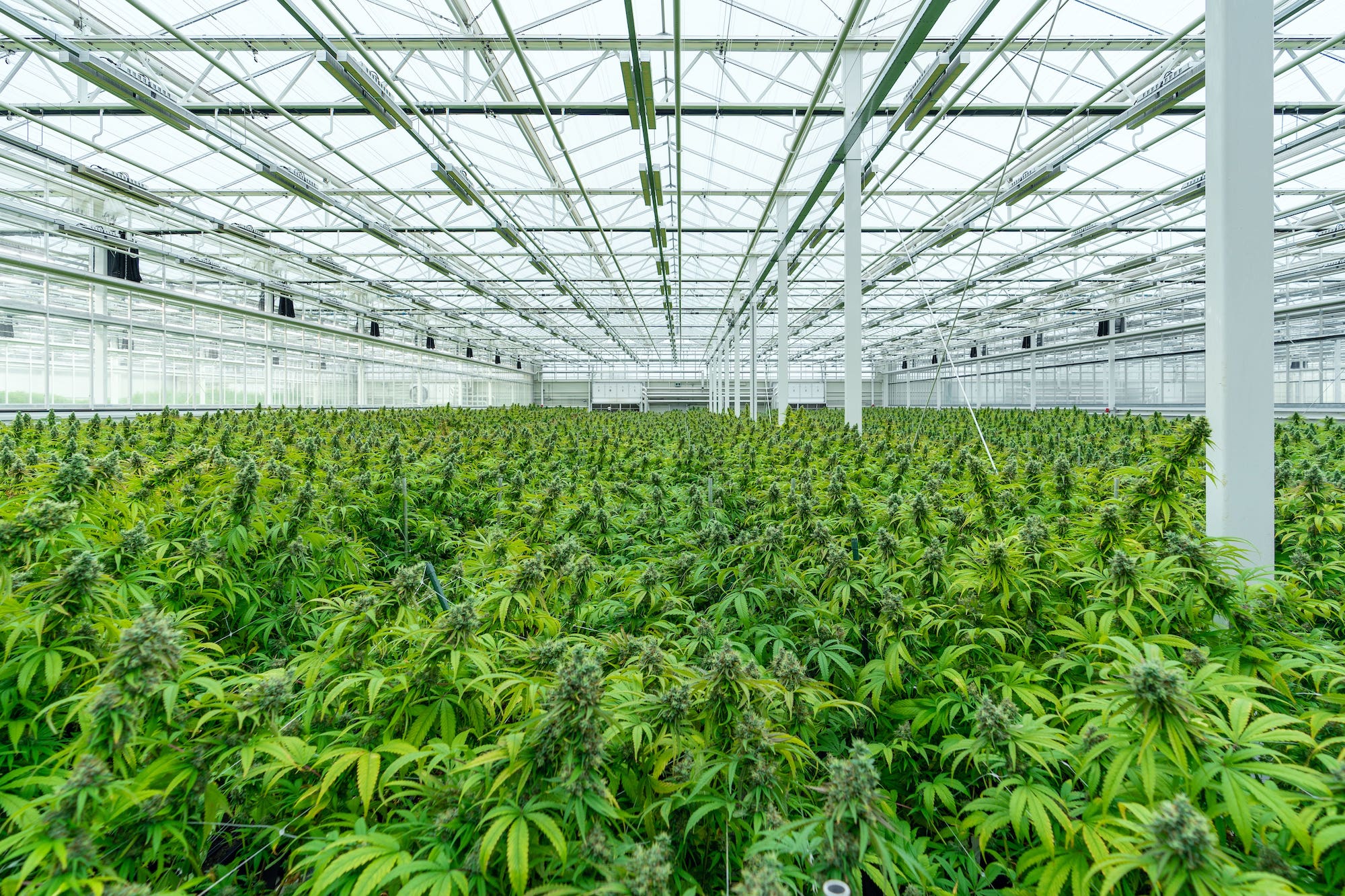Drying and curing cannabis correctly can be daunting, but it doesn’t have to be. With the right knowledge and equipment, you can achieve the best possible results for the flower you’ve spent painstaking months producing.
In this guide, we’ll cover everything you need to know about drying and curing cannabis—from the purpose of these processes to the best tools and equipment for getting the job done right.
So if you’re looking to take your cultivation game up a notch, read on!
Key Takeaways
- Drying cannabis involves controlling temperature and humidity levels to reduce moisture content and break down certain compounds.
- For best results, maintain a temperature range between 60-70°F and relative humidity (RH) between 45-55%.
- Curing cannabis further reduces moisture content and allows time for additional chemical reactions, resulting in a strong aroma and smoother flavor.
- Monitoring temperature and humidity levels during the drying and curing process is crucial to prevent mold and mildew, and airtight containers with temperature and humidity sensors should be used for storing cannabis.
What is The Reason for Drying Cannabis?
Drying and curing cannabis is essential for achieving the best flavor and potency. It serves two main purposes: reducing the humidity and moisture content of the plant material, as well as breaking down certain compounds which help create a more pleasing product.
Drying Cannabis
The process of drying cannabis involves controlling both temperature and humidity levels to achieve optimal results. Too much or too little humidity can lead to mold growth, while too high temperatures can damage delicate terpenes. Thus, it’s important to maintain a consistent temperature between 60-70°F and 45-55% relative humidity during the drying process.
Curing Cannabis
The second stage of drying cannabis is known as curing. This stage helps further reduce moisture content while allowing additional chemical reactions to occur within the plant material. Curing also allows some of the harsher flavors associated with freshly harvested flowers to mellow out over time.
The curing process should occur in an area with low light exposure, ideally at around 70°F with a relative humidity level of 50%. Properly cured buds will develop a strong aroma when squeezed gently between your fingers – this is often described as an ‘earthy’ or ‘woody’ smell due to increased levels of terpenes.
It’s important not to over-dry your cannabis; doing so can lead to excessive brittleness resulting in loss of trichomes on contact.
When done correctly, however, drying and curing cannabis can produce amazing results that will please even the most discerning connoisseur!
Drying vs. Curing Cannabis Flower: What’s the Difference?
Curing cannabis flower brings the plant’s full potential to life, transforming it from dried flower to a flavorful and aromatic experience. Drying and curing cannabis are two different processes that shouldn’t be confused with each other.
The drying process of the cannabis plant involves the removal of moisture. Freshly-harvested cannabis can have a moisture content of over 70% by weight. During the drying stage, this moisture that’s trapped in the flower is removed. The water evaporates, leaving the flower dry and suitable for storage or consumption. This drying process serves as an important step in preserving the potency.
Drying cannabis flower involves keeping the buds in a cool environment with low humidity levels for about one week.
The curing process follows the drying process and begins after your flower has been sufficiently dried. It can take around 2-3 weeks, depending on how much moisture remains in your buds. Once complete, this curing process results in greatly improved flavor and aroma. Increased potency is also accomplished if curing is done in addition to drying.
With careful attention paid throughout both stages, you’ll have high-quality cannabis that will provide an enjoyable smoking experience.
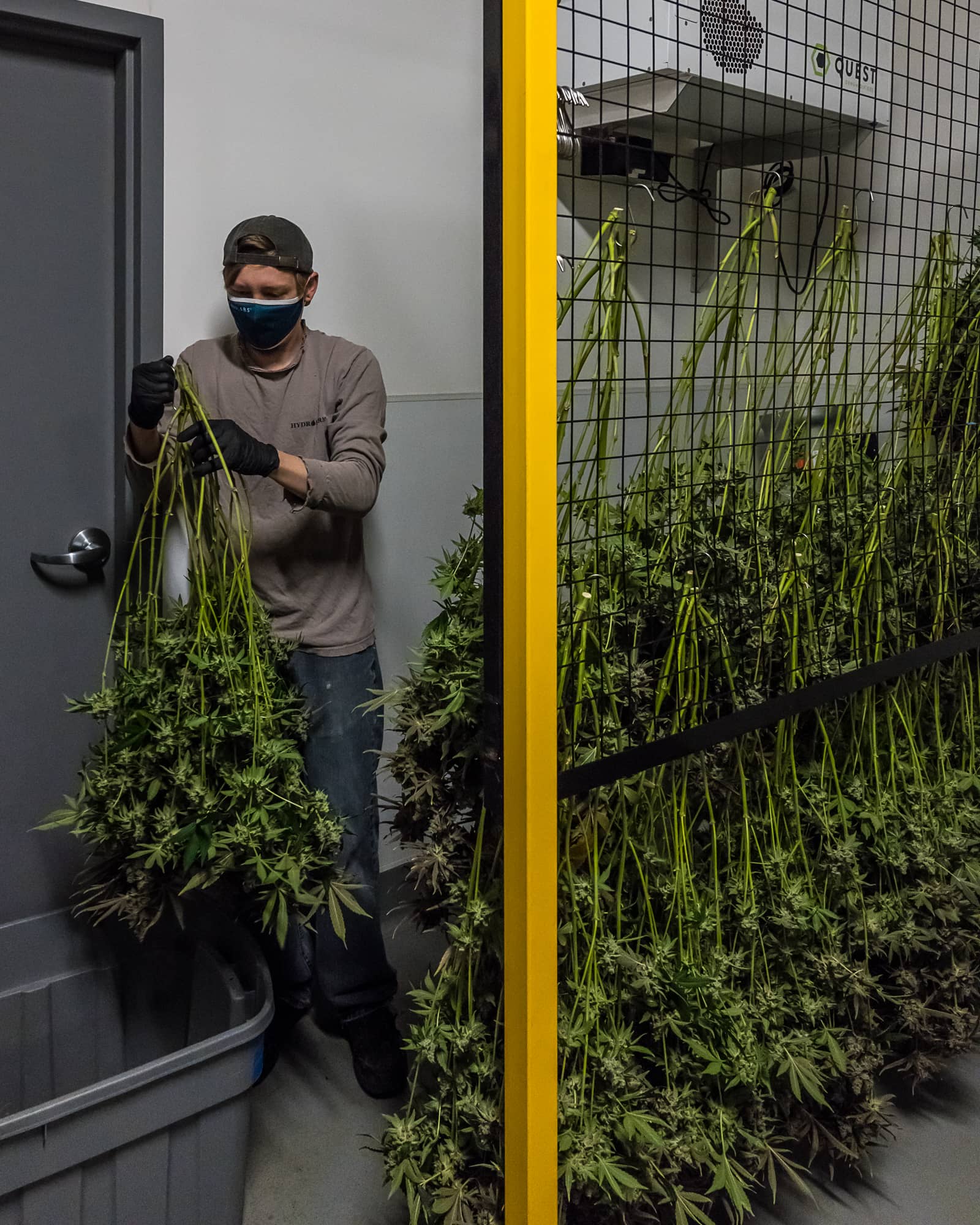
Why drying and curing your cannabis is so important
Properly drying and curing your buds can unlock flavorful and aromatic cannabis with higher potency than if you’d just dried it alone. There are several benefits associated with taking the time to properly dry and cure your cannabis:
- Improved flavor: When buds are properly dried, they’ll have a fuller aroma and flavor due to terpene development that isn’t present in uncured flower.
- Higher potency: Properly drying and curing allows for natural processes to take place in the plant to increase its potency.
- Longer shelf life: Drying and curing your buds correctly ensures they stay fresh longer, so you don’t have to worry about your harvest quickly going bad. By storing them in an airtight container, you’ll preserve the flower for longer.
You can maximize each benefit by using simple techniques like proper drying racks and containers and creating a controlled environment. Taking this extra step gives you access to tastier flower with higher potency levels while keeping them fresh for longer periods of time—a win-win situation!
A guide on properly drying cannabis
If you’re looking to dry cannabis correctly, it’s important to understand how the process works. Some key points must be remembered whether you wet or dry trim your buds.
You’ll need to adjust the temperature and humidity levels appropriately, make sure not to over-dry things, and be aware of how long it should take for the drying process.
With this knowledge in hand, you can ensure that your cannabis is properly dried and cured for optimal taste and effects.
Wet Trimming and Drying Cannabis
When wet trimming cannabis, it’s essential to understand the importance of correct drying methods to ensure a top-notch final product. Removing any large fan leaves and branches from the buds is important before hanging them on strings or racks. This will help with airflow and speed up the drying process.
Furthermore, wet trimming also helps reduce the smell of cannabis and prevents mold growth during drying. Here are five key tips to keep in mind when wet trimming:
- Hang flower in a cool, dark environment with plenty of ventilation
- Ensure that there’s enough space between each bud for optimal air circulation
- Monitor humidity levels daily and adjust accordingly
- Use fans to circulate air around the plants
- Remove any buds that show signs of mold growth immediately
How to Dry Cannabis When Dry Trimming
Drying cannabis correctly after dry trimming can help you get the most out of your harvest. The process of dry trimming is when the leaves and branches are removed from the marijuana plant before it’s dried. Doing this allows for a much shorter period of time to be spent during the drying process and helps preserve cannabinoids that could be lost in wet trimming.
To properly dry cannabis with this method, cut your plants into smaller branches. Then hang them up, allowing air to circulate around them. Ensure there’s no light in the room, as it can lead to the degradation or discoloration of cannabinoids. Most commercial grow facilities have a dedicated drying area. Allow the cannabis to dry until it reaches an optimal moisture level between 9-13%. Typically it should take less than a week to dry.
Cannabis drying temperature
To ensure your cannabis is dried to perfection, it’s important to regulate the temperature of the drying environment. The ideal temperature for drying cannabis should be between 60-70°F. If the temperature rises above this range, it can lead to a decrease in potency and flavor.
Additionally, if you dry your cannabis too quickly or at too high a temperature, you risk burning off its terpenes and other cannabinoids. This will significantly reduce the quality of your product.
Maintaining a consistent and controlled temperature throughout the drying process guarantees that all of your cannabis water content will evaporate properly without compromising its taste or potency.
It’s also important to keep humidity levels low during this process; if moisture levels are too high, it could cause mold growth which can ruin your entire batch. When regulating your drying environment’s temperature and humidity, you can enjoy a perfect dry and cure each time with proper care and attention to detail.
Cannabis drying humidity requirements
Maintaining low humidity levels during the drying process is critical for preserving the quality of your cannabis. If moisture levels are too high, mold growth could ruin your buds. To ensure that your cannabis buds maintain their flavor and potency, you’ll need to control their humidity environment.
The ideal relative humidity (RH) for drying cannabis is between 45-55%. This will help preserve all of the terpenes and cannabinoids that make up its unique flavor profile. When drying cannabis, it’s important to monitor RH levels with a hygrometer or digital device to track them.
If excess moisture is present in the air, you can use a dehumidifier or other humidity-control products like desiccant packs to lower RH levels in the drying area. However, be careful, as overuse of dehumidifiers can zap too much moisture and leave your flower brittle and overdry.
How long to dry cannabis
It typically takes between 5-15 days to dry cannabis flower depending on humidity and temperature levels.
While drying, be sure to monitor your marijuana’s environment regularly, making sure that all factors, like temperature and humidity, remain consistent. This will help ensure that your cannabis bud dries evenly without any issues.
If temperatures drop too low or become too high, mold or mildew could develop on the outside of the bud. Additionally, if there’s too much moisture in the air, the bud can take longer than usual to dry out completely. You must keep an eye on these variables during the entire drying process to ensure that you get perfect results every time.
How to Prevent Rapid Drying
It’s important to keep humidity and temperature levels in check to prevent rapid drying. Air that is too dry or too hot will cause your cannabis leaves to dry out quickly. This can lead to harsh smoke, an unpleasant taste, and a reduction of potency.
Monitor temperature and moisture levels throughout the process using thermometers, hygrometers, or humidity packs. Doing so can help ensure that your leaf condition does not degrade due to rapid drying caused by poor environmental conditions.
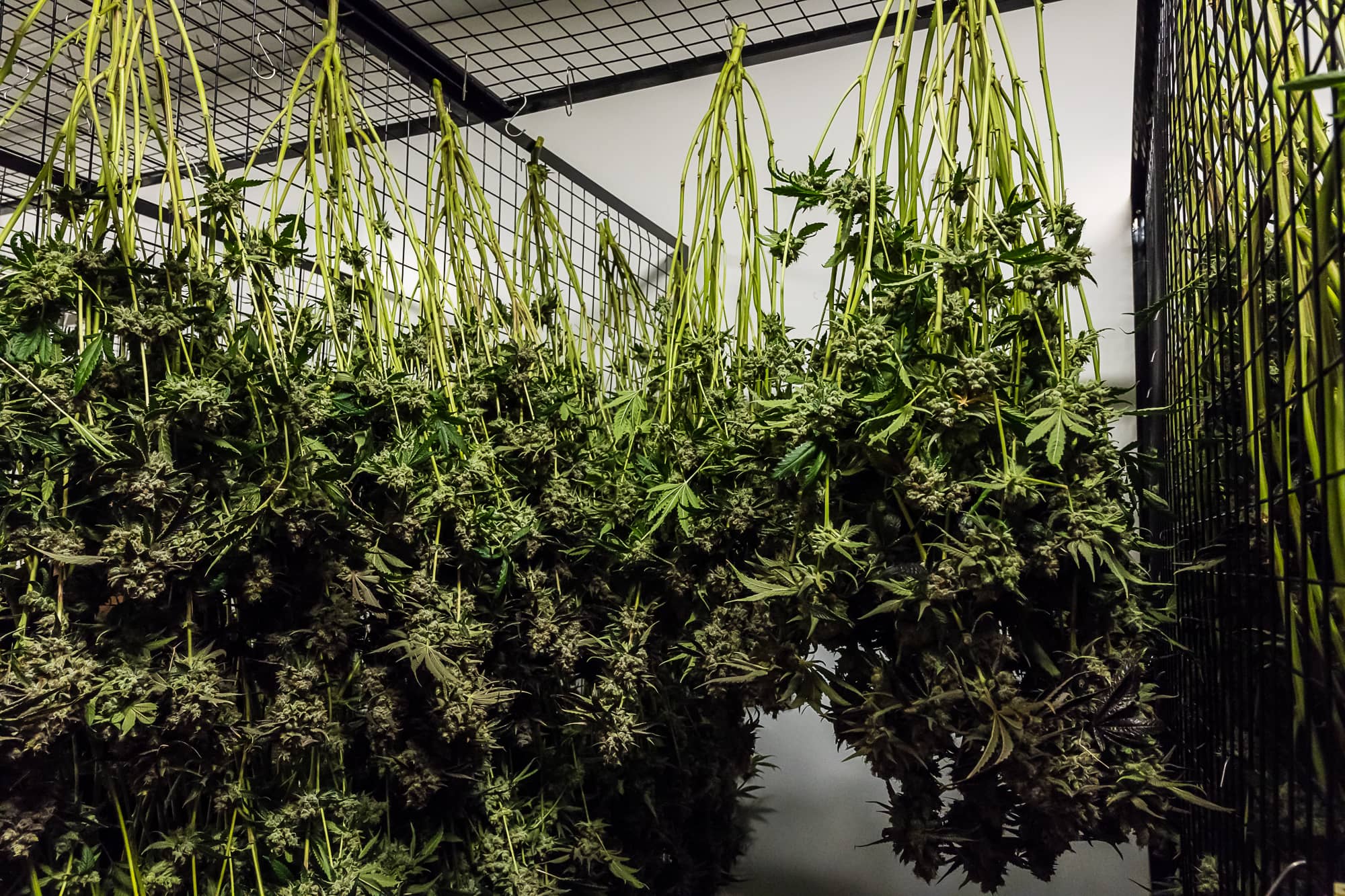
How to Cure Cannabis
To cure cannabis properly, you’ll need a few basic items: airtight containers, humidity packs, and already-dried buds.
Curing cannabis can take anywhere from 1-3 weeks, depending on the strain. Some cultivators even pride themselves on a long cure that can take months. You’ll know it’s done when it has developed a smooth smoke and earthy aroma.
What You’ll Need
You’ll need certain supplies to get your cannabis drying process started, so let’s take a look at what those are!
The most essential items are circulating fans. Without them, mold is likely to form with high humidity in the air. Additionally, you should ensure that your fan has adjustable speed settings so that you can properly control the rate of evaporation.
You’ll also need airtight containers to hold the buds while curing. Some use clear and opaque turkey bags, while food-grade sealable plastic bins are more popular with larger production grows.
Timeline for curing cannabis
Now that you know what you’ll need to dry your cannabis correctly, it’s time to look at the timeline for curing. This is an important step in the process, as it ensures your plant material will be of the highest quality.
Curing cannabis involves storing flower in an environment with specific humidity and temperature conditions.
During this period, compounds within the plant material break down and create a more potent product. It’s also important to note that environmental conditions can affect the timeline of curing cannabis. Too warm or cold environments can result in lower-quality buds if not monitored closely.
Moisture within the buds moves from the center of the stem toward the outer parts. In the first week, you’ll open the drying container two to three times daily to help release moisture. After the first week, you’ll decrease the frequency and open containers once or twice weekly for a quick whiff.
Be sure not to open the containers too often, or the slow-curing process will be interrupted. After two to three weeks, they should be fully cured and remain fresh, firm, and pliable. The flowers can then be sealed in containers and stored until consumption or sale.
How to Know When Curing is Done
Once you’ve followed the timeline for curing cannabis, you should know when the flower is done and ready to be consumed. Simply glancing at your cannabis flower is insufficient to determine whether it’s fully matured or not. While timelines can be useful as a reference, they are not foolproof.
When the outer layer of the cannabis flower is dry to the touch but still retains a spongy texture when compressed, it is recommended to raise the humidity level in the drying area to 60-65%. This will decelerate the drying process and enable any excess moisture to dissipate from the flower.
Here are a few things to consider when determining if your buds are properly dried:
- To determine if your flower is dry, you can bend a stem. If it breaks easily, it is dry and ready for the curing process. If it bends, it requires more time to eliminate moisture.
- Squish the buds between your fingers. Does it stay squished? If so, it may be too wet and needs more time. If it bounces back with a slight crisp, then it’s time.
- Smell the flower. Curing can take longer than you think, during which the smell can change dramatically. If you still smell that fresh-cut grass smell from harvest, then the curing process is not complete.
- Finally, give it a burn. Grind it up and see whether the herb burns evenly and can stay lit. If you’re having trouble, that’s another surefire way to tell there’s still surplus moisture left.
By considering all these factors, you can be sure you’re getting the most out of your cannabis by ensuring its peak potency and impressive flavor profile.
Maintaining cleanliness in post-harvest production
Maintaining a clean environment during post-harvest production is essential for successful cannabis drying and curing. So don’t skimp on the details!
When it comes to drying cannabis, several important factors must be considered. Mold spore and bacteria growth can quickly ruin an entire harvest, so ensuring your work environment is kept as sterile as possible is critical. Controlling the temperature, humidity levels, and light exposure can prevent the growth of microorganisms.
Awareness of cross-contamination between different batches or strains is also important. By keeping separate trays or bins when handling different types of cannabis, you can ensure no contaminants are spread throughout your crop. It also helps with organization, so you know exactly where each strain came from and how long it has dried.
The best way to maintain a controlled environment while drying cannabis is to monitor conditions using temperature and humidity sensors. Following these tips and maintaining cleanliness during post-harvest production can guarantee a successful drying and curing process.
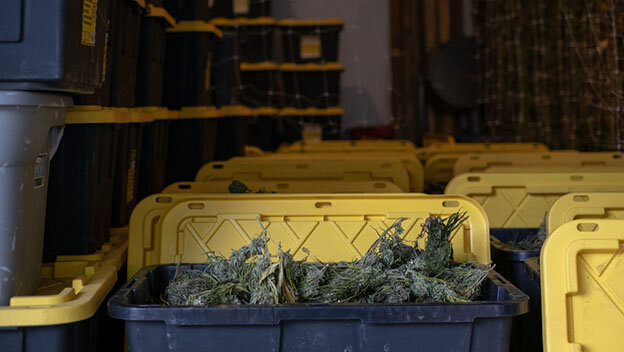
Tools and equipment for drying and curing
Properly drying and curing your cannabis is essential for achieving a high-quality end product, so investing in the right tools and equipment is important.
When it comes to drying and curing cannabis, moisture analyzers are invaluable for ensuring that the humidity levels in the room are within an ideal range. Air circulation is also important when drying or curing cannabis; fans create a steady flow of air that helps evenly distribute temperature and humidity throughout the area. Lastly, consider purchasing Boveda Humidipaks to help maintain optimal humidity levels during curing and after to maintain a stable level of humidity.
Boveda packs provide constant hydration via their two-way humidification system, allowing you to stay within the ideal humidity level range without constantly monitoring or adjusting your settings manually. Investing in these tools will give you peace of mind knowing that all conditions are perfect for producing top-quality marijuana every time.
When selecting tools and equipment for drying and curing cannabis, it is essential to ensure they are designed specifically with this purpose in mind. Spend time researching different products available on the market to decide which ones best suit your needs.
Having the right tools and equipment at hand during post-harvest production is crucial if you want to achieve consistently high-quality results with each batch of marijuana you produce. With a little bit of research upfront, you can equip yourself with everything needed for successful drying and curing processes – assuring you that each crop will be as good as its predecessor!
Common Issues During the Curing Stage
Are you worried about over-curing or under-curing your cannabis?
In this article, we’ll cover the common problems that arise during curing. For example, can you over-cure cannabis? If you under-cure, what are some problems you might experience?
Can You Over-Cure Cannabis?
Don’t let yourself be fooled – over-curing cannabis is a real danger and can have disastrous consequences for your harvest.
When it comes to curing cannabis, the key is to find the right balance between drying time and maximum potency.
Over-curing cannabis can lead to an array of problems, from increased chances of mold growth to a significant loss in potency.
It’s important to understand that each strain of cannabis has its own unique drying stage, so you need to be aware of when the maximum potency has been reached to avoid over-curing.
The best way to prevent over-curing is to take a slow cure approach and monitor the process closely.
This way, you can ensure that your harvest reaches its maximum potential without sacrificing its potency or quality.
What happens if you under-cure the flower
Under-curing cannabis can have serious consequences, so ensuring you get the timing right is important! When cannabis isn’t cured properly, it leaves too much moisture in the flower, creating an environment where mold and mildew can thrive.
This not only affects the potency of your product but also depletes its terpene content and reduces its flavor.
If you don’t dry your buds at a low enough temperature or in a warm enough environment, you may end up with a flower with higher than optimal moisture content that will likely burn faster when smoked. Not to mention, without proper curing, there is no way to guarantee that all of the compounds found within the flower live up to their full potential.
Pay close attention to curing time and temperature and humidity levels throughout the process to ensure you get the most out of every plant.
How To Add Moisture Back In if It’s Overdry
If you’ve overdried your buds, don’t worry! You can take some easy steps to restore their moisture and flavor.
Rehydrating your buds involves understanding the right temperature, humidity levels, and how much water to add. Here’s what you need to know:
- Temperature: Excessive heat will dry out your buds too quickly, so keeping the temperature low when adding moisture back in is important. A small fan can help regulate the temperature if needed.
- Humidity: You’ll want to aim for relative humidity (RH) level of 55%-65%. This is ideal for preserving terpenes, cannabinoids and preventing mold growth. Use a hygrometer or humidifier/dehumidifier if necessary.
- Place the cannabis in an airtight container like a bag or bin
- Growers are known to add the following items that can impart their moisture into the dry cannabis:
- Moist bread/tortilla,
- Lettuce
- Fresh herb
- Citrus peels
- Burp the container once or twice over the next 24 hours by opening and resealing it. The next day, your cannabis should be rehydrated enough to take the items out that you placed.
By following these simple steps, you can successfully rehydrate your cannabis without worrying about losing any of its wonderful flavors and potency. With careful monitoring and adjusting as needed, you’ll be able to enjoy smooth smokeable weed in no time!
Closing Thoughts and Recommendations
By following the steps outlined above, you can ensure that your cannabis is properly dried and cured, and ready to enjoy!
To get the best results, it’s important to understand the difference between drying and curing cannabis. Drying removes moisture from the bud, while curing helps bring out its flavor and aroma by allowing it to age in an ideal environment away from direct sunlight.
Remember, if you find any sign of mold on your buds, discard them immediately, as they’re not safe for consumption.
When it comes down to it, proper drying and rehydration techniques are essential for preserving the quality of your marijuana buds before and after harvest.
By understanding how humidity works in different environments and taking steps such as avoiding direct sunlight, monitoring temperature levels, using humidification methods when needed, and sealing off stored flower in airtight containers – you can guarantee optimal quality marijuana bud every time!
You’ve worked hard to grow the perfect cannabis crop; now it’s time to dry and cure them properly. With this guide in hand, you have all the information you need to ensure your buds are dried and cured perfectly.

